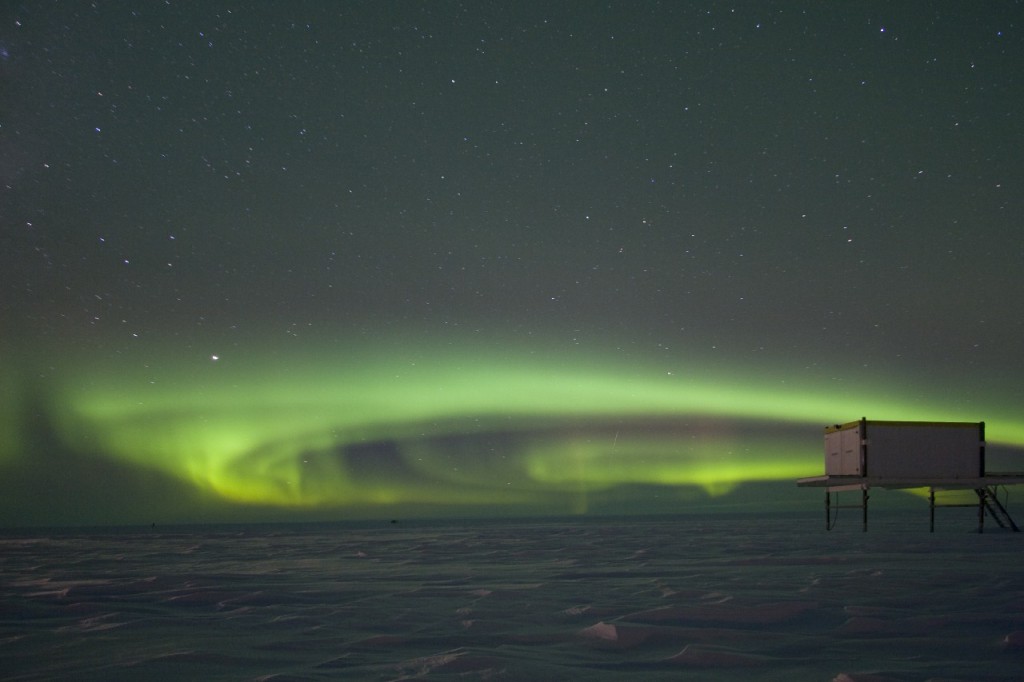Recent increases in solar activity, including the largest solar flare in four years, lead to hopes of seeing the aurora borealis, also known as the northern lights, in the UK. The aurora borealis is a beautiful, shimmering display of light from the upper atmosphere that is commonly seen during the night at latitudes further north than the UK. In the UK itself the chances of seeing the aurora increase the further north you go – ranging from one or two displays every 10 years in the south of England to one or two displays a week in the Shetland Islands. Last week the aurora was seen in Northern Ireland but, overall, the displays over the UK were not as dramatic or extensive as hoped due to unfavourable conditions in the solar wind, the stream of particles continuously emitted from the Sun.

Solar activity, which varies over an 11-year cycle, has been very low over the last few years. The events of recent days show that solar activity is just starting to pick up and is expected to reach the next maximum in 2013. Large solar storms are most common around the maximum in the solar cycle so the chances of seeing the aurora in the UK will increase over the next few years.
Enhanced solar activity is also associated with more hostile conditions in the near-Earth space environment. Such dangerous space weather conditions have the potential to damage satellites, disrupt electrical power networks on the ground, communications with aircraft on polar routes, and GPS navigation signals. These systems will all be at greater risk over the next few years as the Sun approaches its next maximum in the solar cycle.
So what can we do about it? Scientists at British Antarctic Survey (BAS) operate a range of instruments that contribute to a world-wide space weather observation network. For example, on this occasion, the arrival of the coronal mass ejection associated with the recent solar flare was detected by the sudden increase in the Earth’s magnetic field at Rothera, Antarctica, on 18th February 2011 at 01:30 UT (highlighted by the red arrow in the figure).
Scientists at BAS are also developing computer models to help predict space weather more accurately. These models will be used to provide a state-of-the-art forecasting capability of impending, disruptive, space weather events. Warnings and alerts of hazardous space weather events will also be provided, enabling operators to take action to mitigate the effects of disruptive events on their systems.
